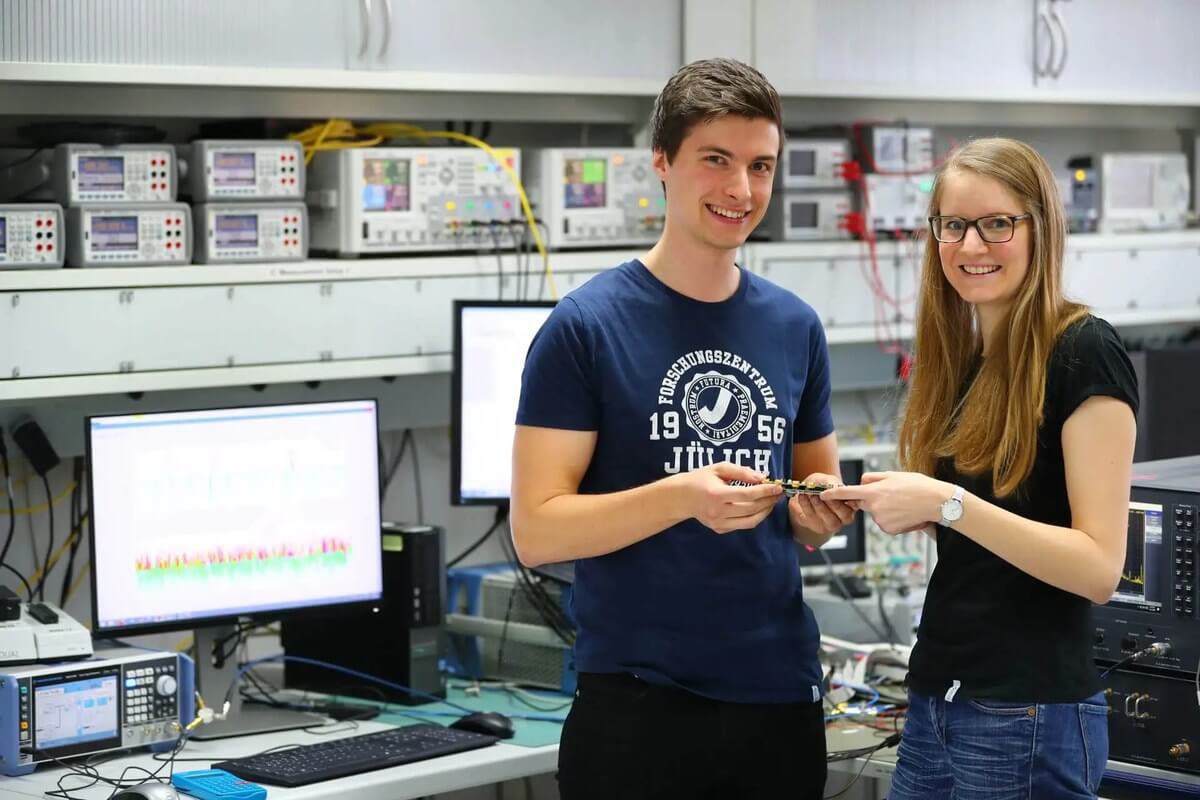Preprint “Automated Charge Transition Detection in Quantum Dot Charge Stability Diagrams”and SimCATS Datasets available
The preprint of our paper entitled “Automated Charge Transition Detection in Quantum Dot Charge Stability Diagrams” by Fabian Hader, Fabian Fuchs, Sarah Fleitmann, Karin Havemann, Benedikt Scherer, Jan Vogelbruch, Lotte Geck, and Stefan van Waasen is now available.



